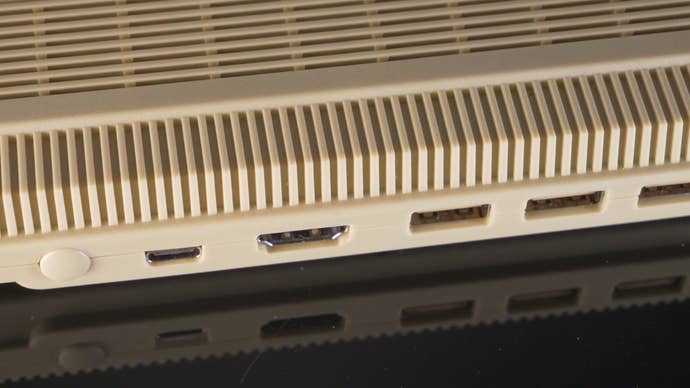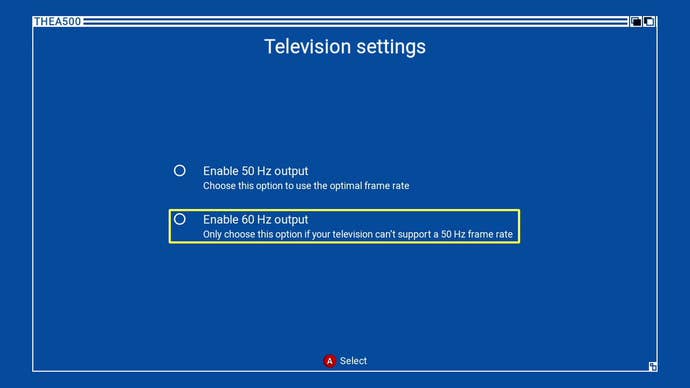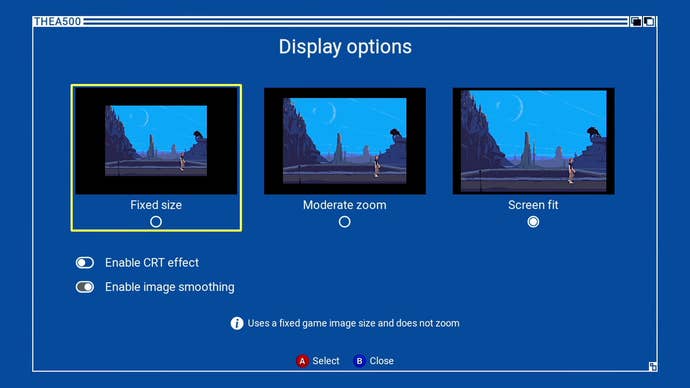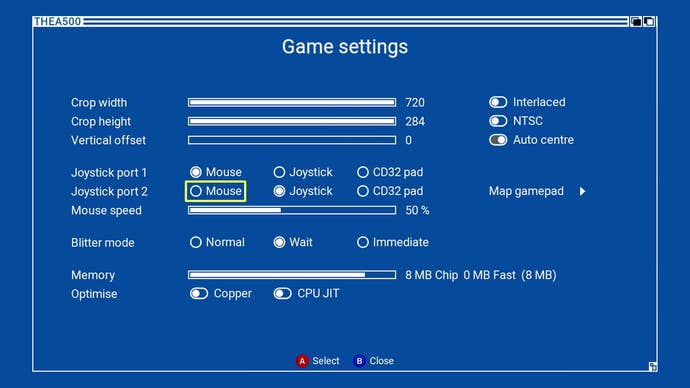Despite some flaws, unique options and solid emulation earns this tiny retro console a DF recommendation.
Amidst the home computer boom of the mid to late 80s, the Amiga stands out.
Lets take a look at what it offers and how it fares.

For the dramatic story of the Amiga, watchAhoy’s ‘Flatline’ documentary.
It details the Amiga crashing out of the gate and stumbling to success before eventually imploding.
Again, the build feels serviceable, and the button layout has been modernised from the ‘93 original.

To find a better solution, I tested dozens of controllers - but often equipment mappings were incorrect.
Booting up the rig, you’re greeted by a Netflix-like frontend showing the 25 games on offer.
You also have access to an options menu.

Note that when offered the choice of 50Hz and 60Hz output, don’t assume the latter is better.
Most games were built for the European 50Hz standard, and therefore run more accurately here.
The final big selling point of the A500 Mini is WHDLoad support.




